When it comes to showering, most people are used to the traditional showerhead that sprays water in a concentrated stream. However, there is a new trend in bathroom design that is gaining popularity - the rain shower. This type of showerhead mimics the feeling of standing in a gentle rainstorm, with water falling from above in a wide, soothing stream. But aside from the unique experience, what are the actual benefits of using a rain shower? In this article, we will explore the advantages of using a rain shower and why it may be worth considering for your bathroom.
The Benefits of a Rain Shower
Deep Cleansing
One of the main benefits of using a rain shower is its ability to provide a deep cleansing experience. The wide, gentle stream of water covers a larger surface area of the body, allowing for a more thorough clean. This is especially beneficial for those with longer hair or for those who have trouble reaching certain areas of their body with a traditional showerhead. The gentle pressure of the water also helps to remove dirt and dead skin cells, leaving you feeling refreshed and rejuvenated.
Skin Rejuvenation
The gentle, wide stream of water from a rain shower can also have a rejuvenating effect on the skin. The water droplets are larger and softer, making them less harsh on the skin compared to the strong, concentrated stream of a traditional showerhead. This can be especially beneficial for those with sensitive skin or skin conditions such as eczema. The water also helps to open up pores, allowing for a deeper cleanse and better absorption of skincare products.
Relaxation and Stress Relief
The feeling of standing in a gentle rainstorm can be incredibly relaxing and can help to relieve stress and tension. The warm water and soothing sound of the rain can create a spa-like experience in the comfort of your own bathroom. This can be especially beneficial for those who lead busy and stressful lives, as it provides a moment of relaxation and self-care.
Water Conservation
While it may seem counterintuitive, rain showers can actually be more water-efficient than traditional showerheads. This is because the wider stream of water covers a larger surface area, allowing for a more efficient clean. Additionally, many rain showers come with a flow restrictor, which helps to reduce water usage without compromising on the shower experience. This can be a great option for those looking to reduce their water consumption and save on their water bill.
Aesthetic Appeal
Aside from the practical benefits, rain showers also add a touch of luxury and aesthetic appeal to any bathroom. The sleek and modern design of a rain shower can elevate the overall look of a bathroom and create a spa-like atmosphere. They also come in a variety of styles and finishes, making it easy to find one that fits your personal taste and bathroom decor.
How to Choose the Right Rain Shower
When it comes to choosing the right rain shower for your bathroom, there are a few factors to consider.
Size and Shape
Rain showers come in a variety of sizes and shapes, so it's important to choose one that fits your bathroom space and personal preference. Some rain showers are round, while others are square or rectangular. Consider the size of your shower and the overall aesthetic you are going for when choosing the shape and size of your rain shower.
Water Pressure
While rain showers are known for their gentle, wide stream of water, it's important to make sure that the water pressure is still strong enough for a satisfying shower experience. Look for rain showers with adjustable water pressure settings or those that come with a flow restrictor to ensure that you can still get a strong stream of water when needed.
Material and Finish
Rain showers come in a variety of materials and finishes, from chrome to brushed nickel to oil-rubbed bronze. Consider the overall aesthetic of your bathroom and choose a finish that complements it. Keep in mind that certain finishes may require more maintenance to keep them looking clean and shiny.
How to Install a Rain Shower
Installing a rain shower is a relatively simple process that can be done by most homeowners. However, if you are not comfortable with plumbing or electrical work, it's best to hire a professional to install your rain shower. Here are the basic steps for installing a rain shower:
- Turn off the water supply to your shower.
- Remove the old showerhead and clean the shower arm.
- Install the rain shower arm, making sure it is securely attached to the wall.
- Attach the rain showerhead to the arm, making sure it is tight and secure.
- Turn the water supply back on and test the shower for any leaks.
- Adjust the water pressure and temperature to your liking.
Real-World Examples of Rain Showers
The Ritz-Carlton, Bali
The Ritz-Carlton, Bali is known for its luxurious and indulgent amenities, including their rain showers. Each room is equipped with a rain shower that provides a spa-like experience for guests, adding to the overall luxurious atmosphere of the hotel.
The Peninsula, Hong Kong
The Peninsula in Hong Kong is another example of a luxury hotel that offers rain showers in their guest rooms. The rain showers are designed to provide a relaxing and rejuvenating experience for guests, adding to the overall luxurious feel of the hotel.
Rain showers offer a unique and luxurious shower experience with a variety of benefits. From deep cleansing to skin rejuvenation to relaxation and stress relief, there are many reasons to consider installing a rain shower in your bathroom. With a variety of styles and finishes to choose from, it's easy to find one that fits your personal taste and bathroom decor. So why not add a touch of luxury to your daily routine with a rain shower?


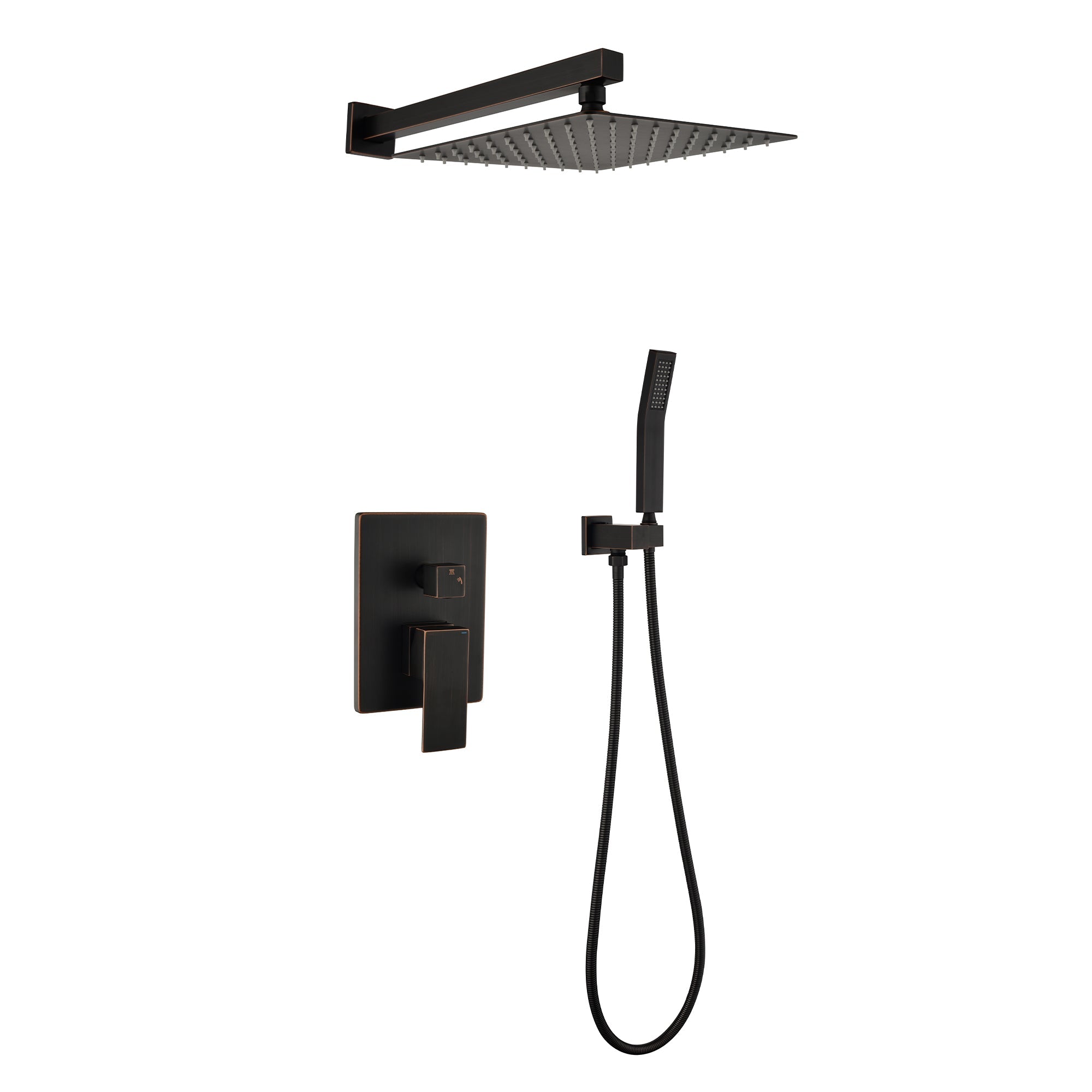



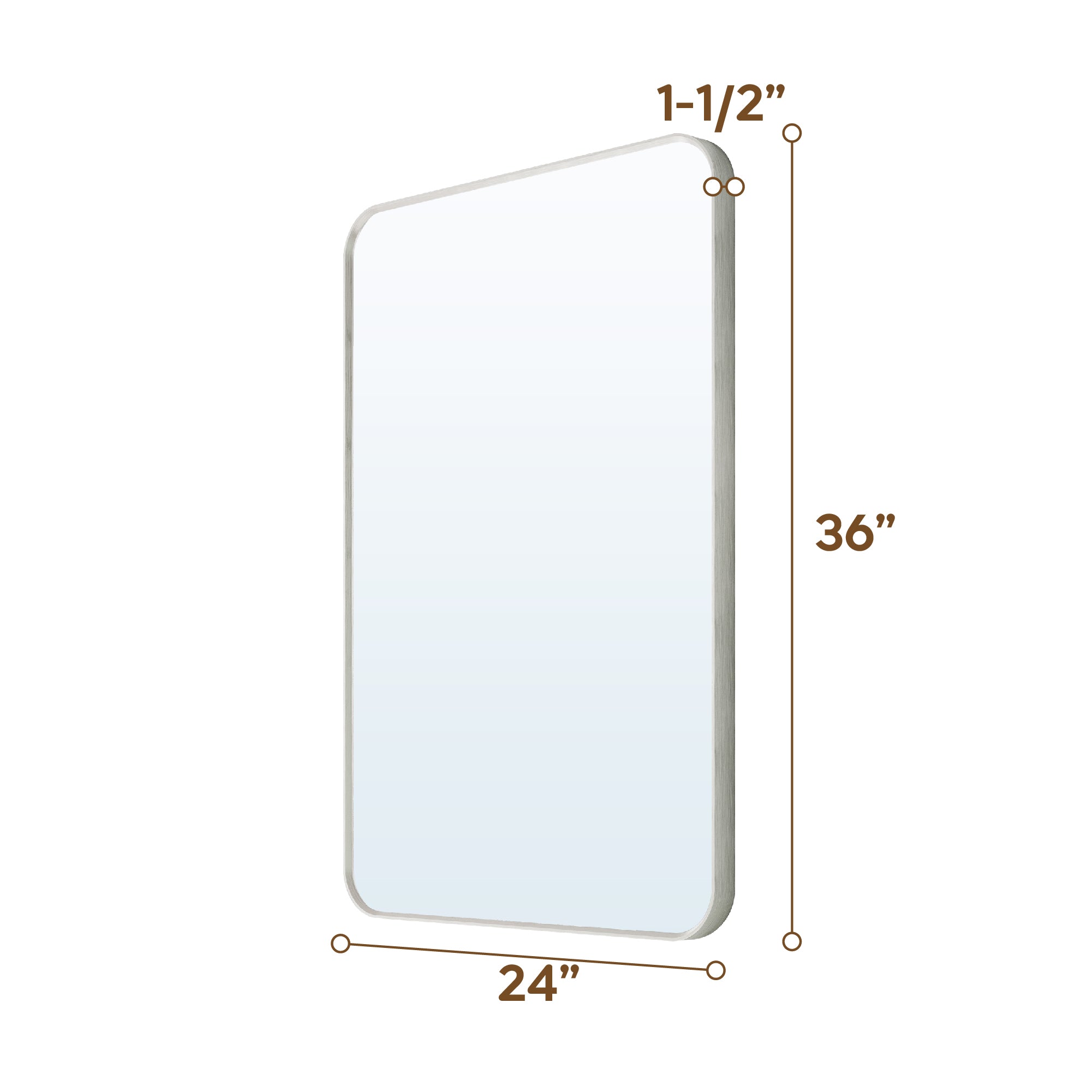

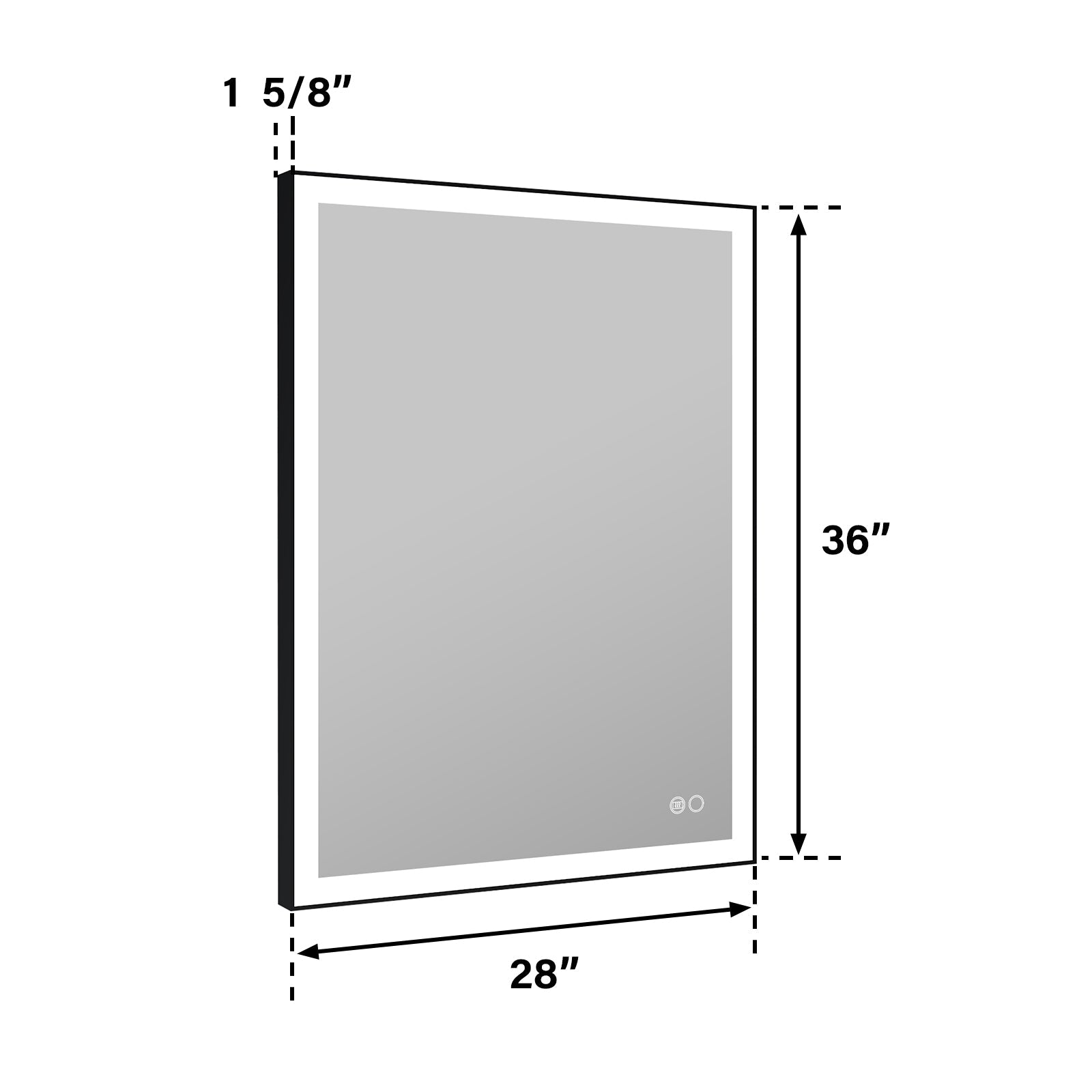
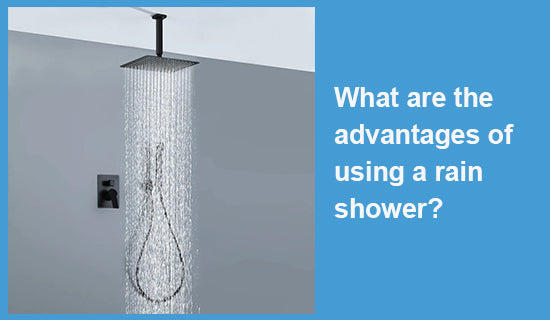
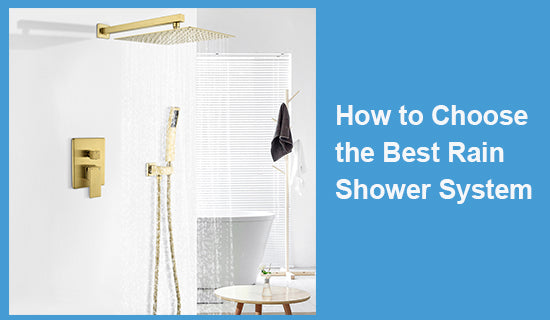
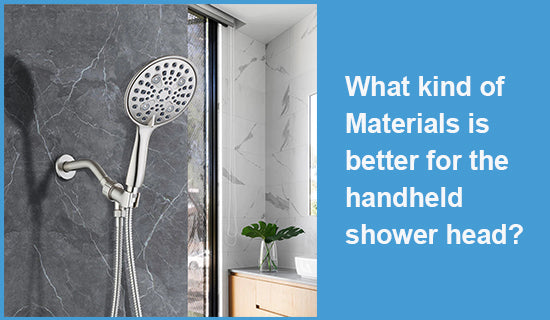
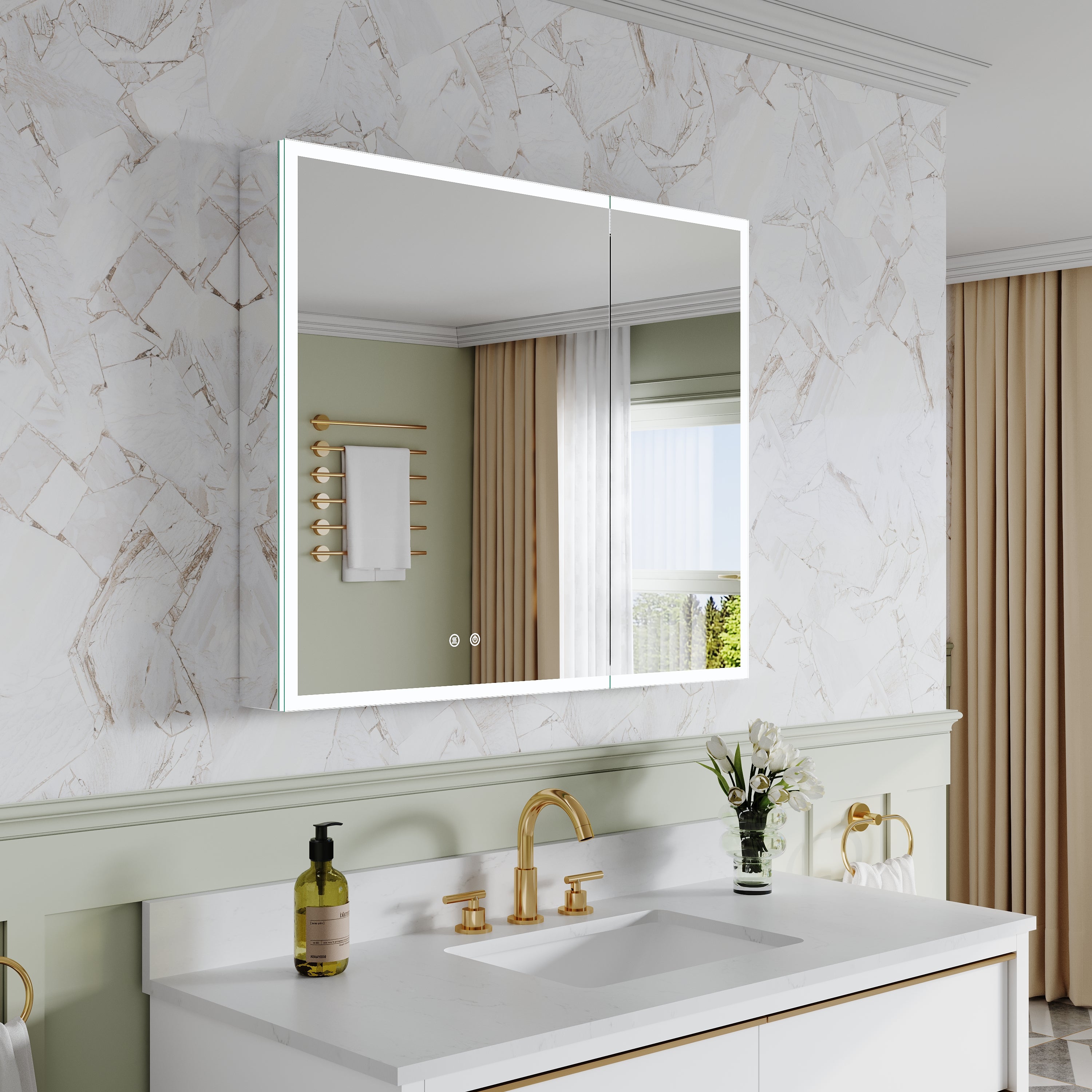



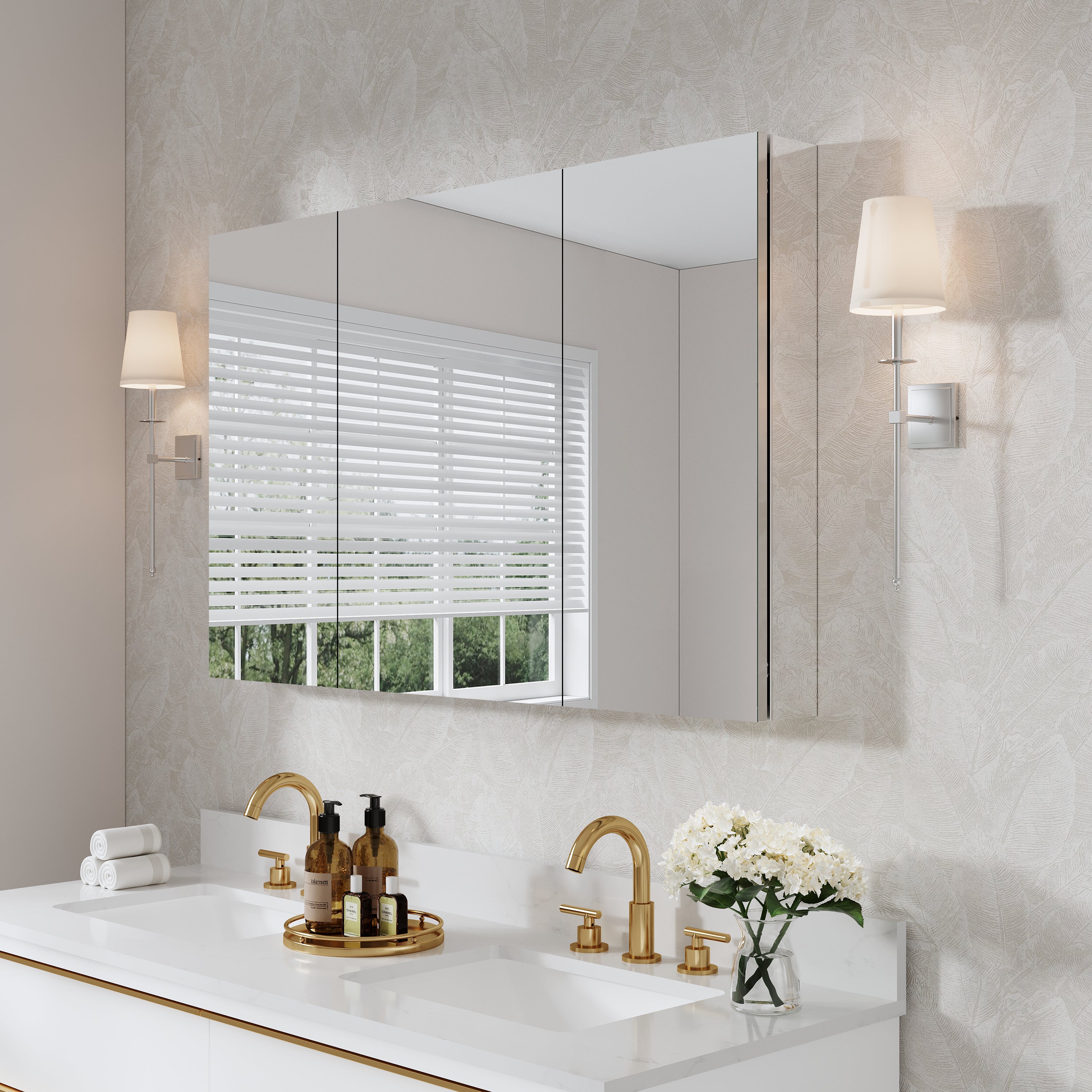







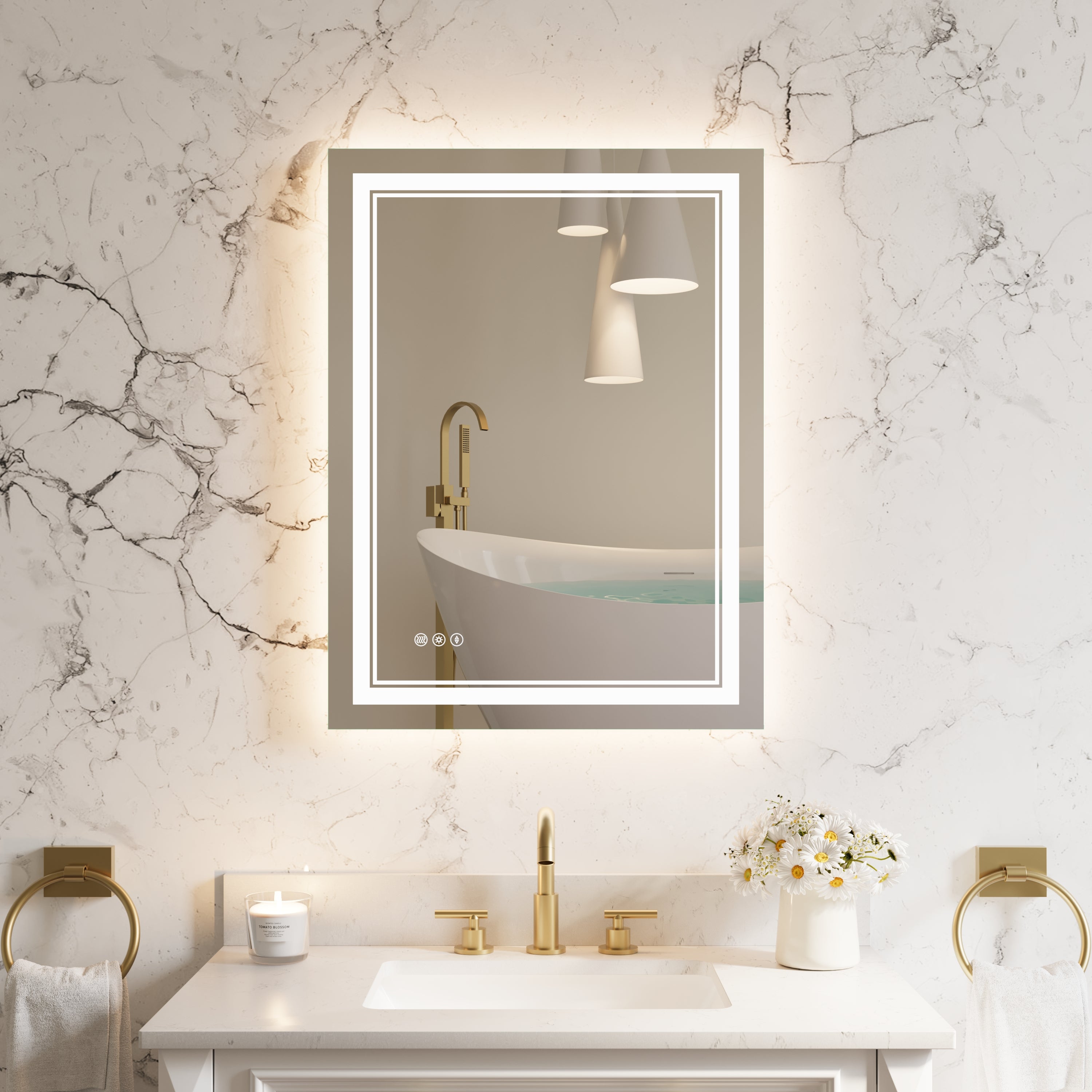

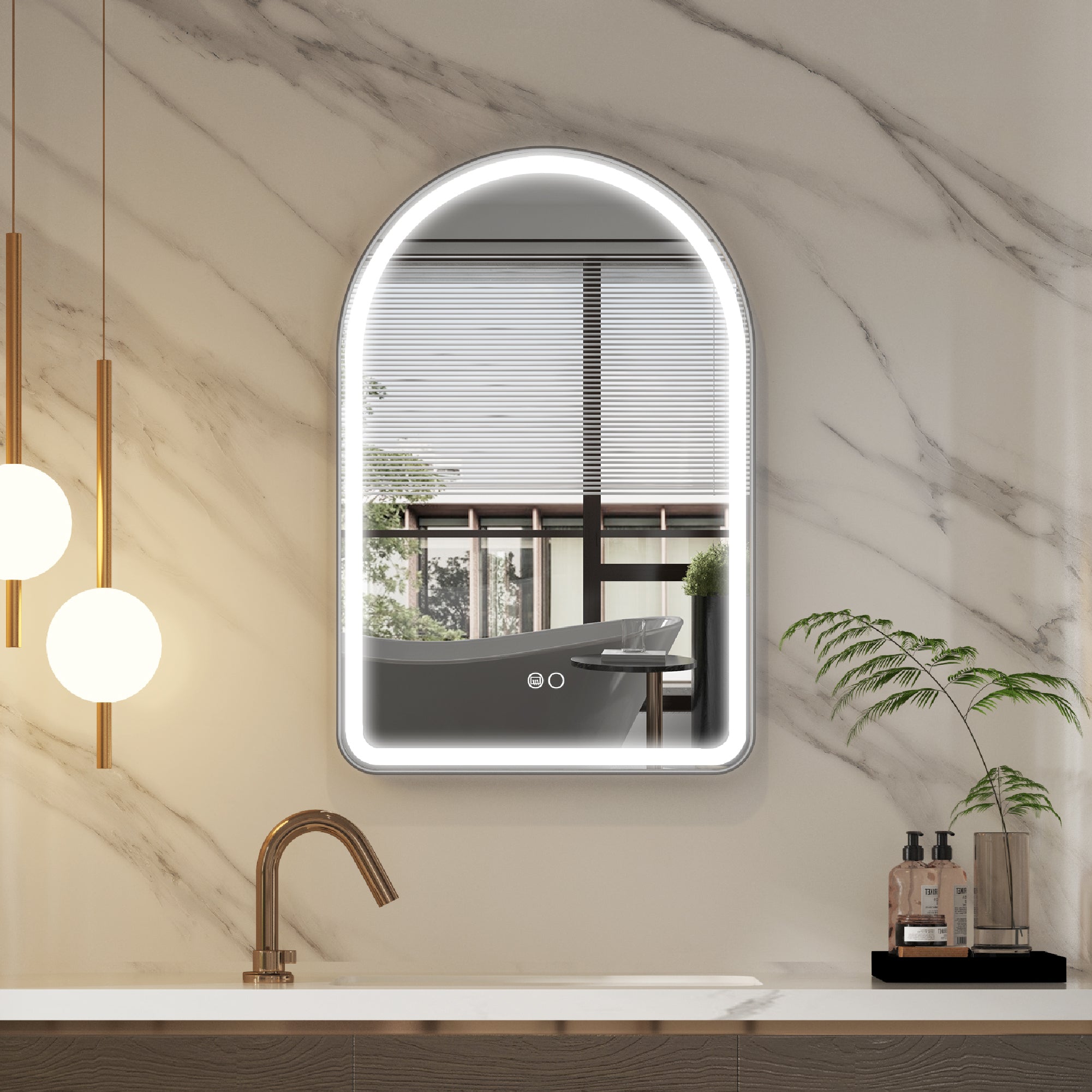
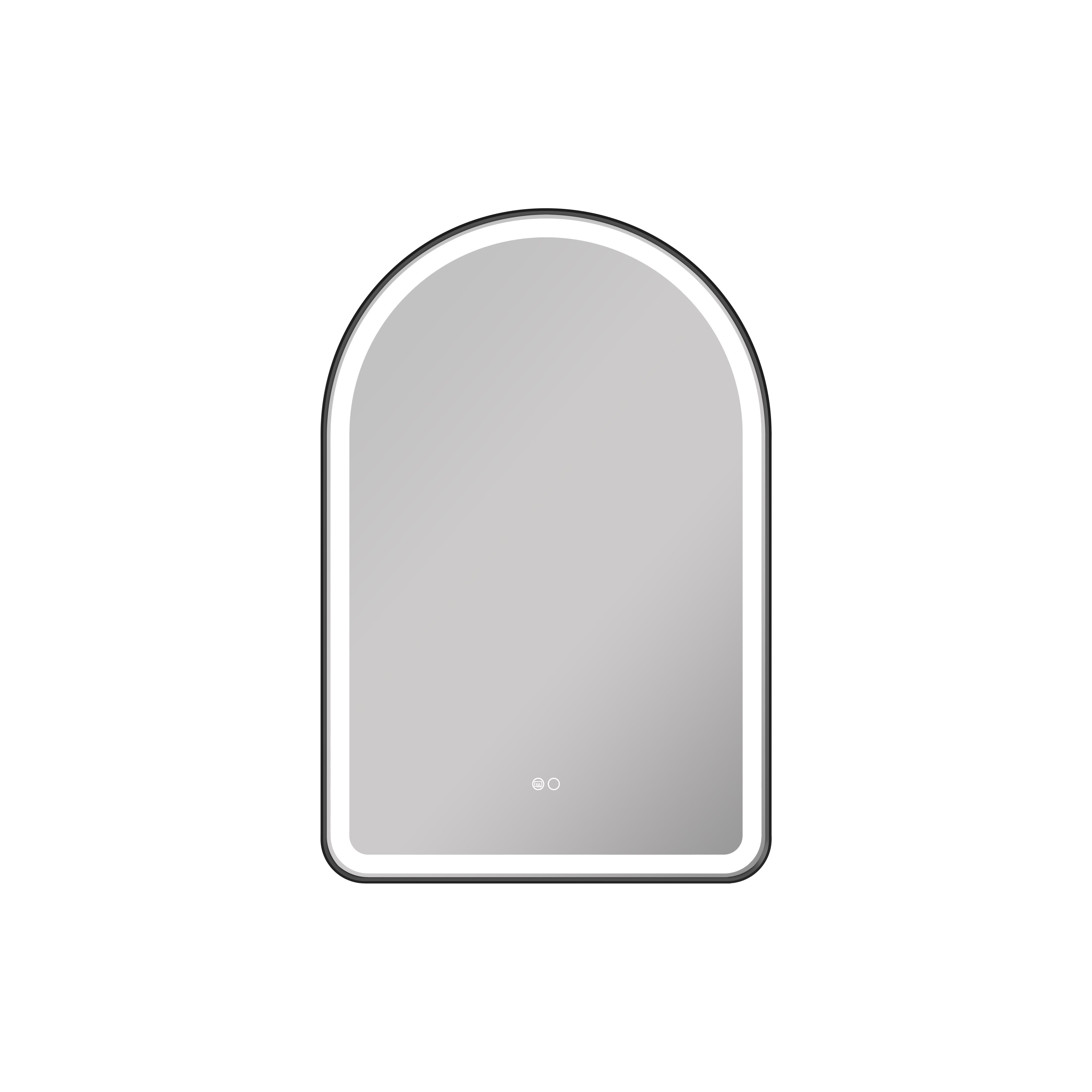
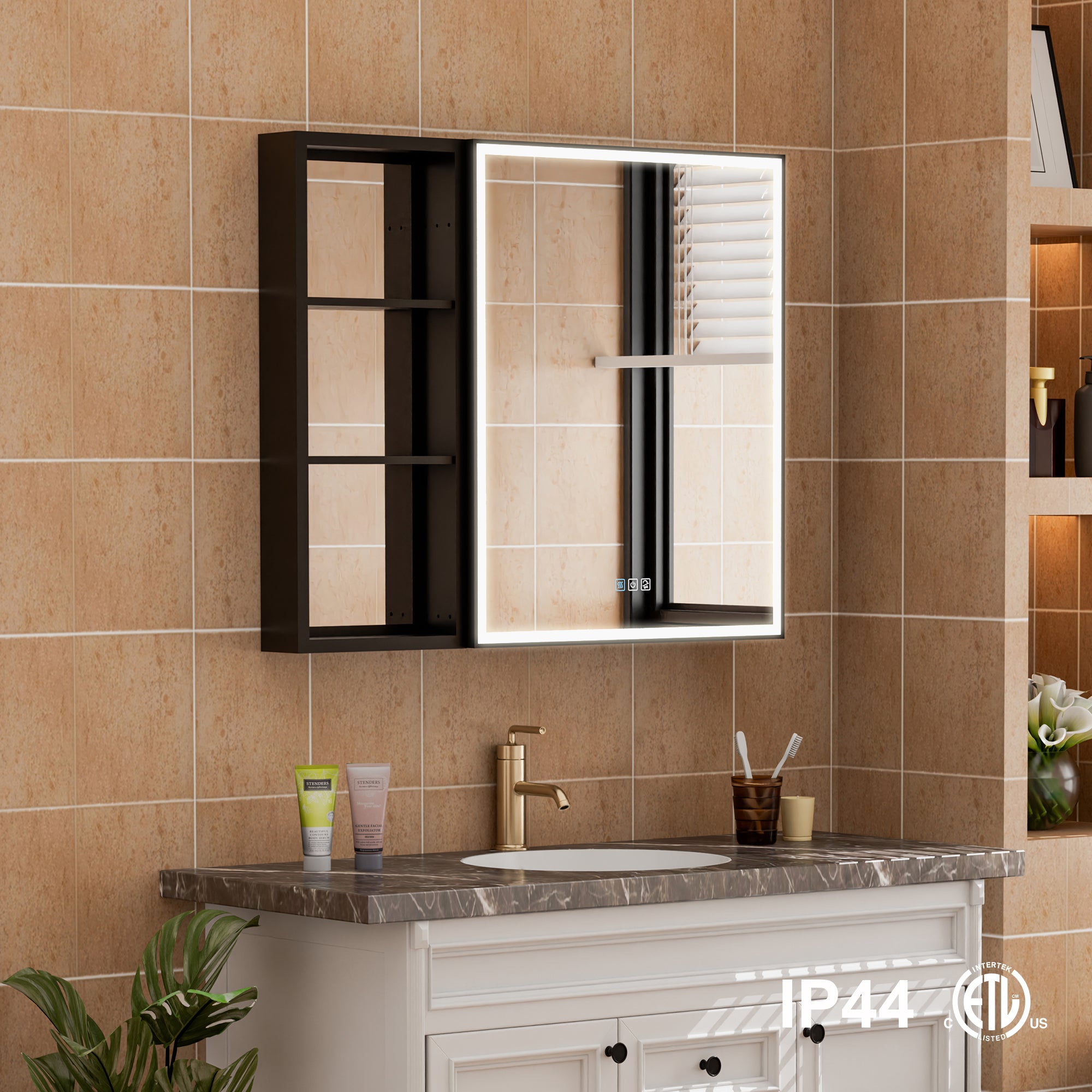
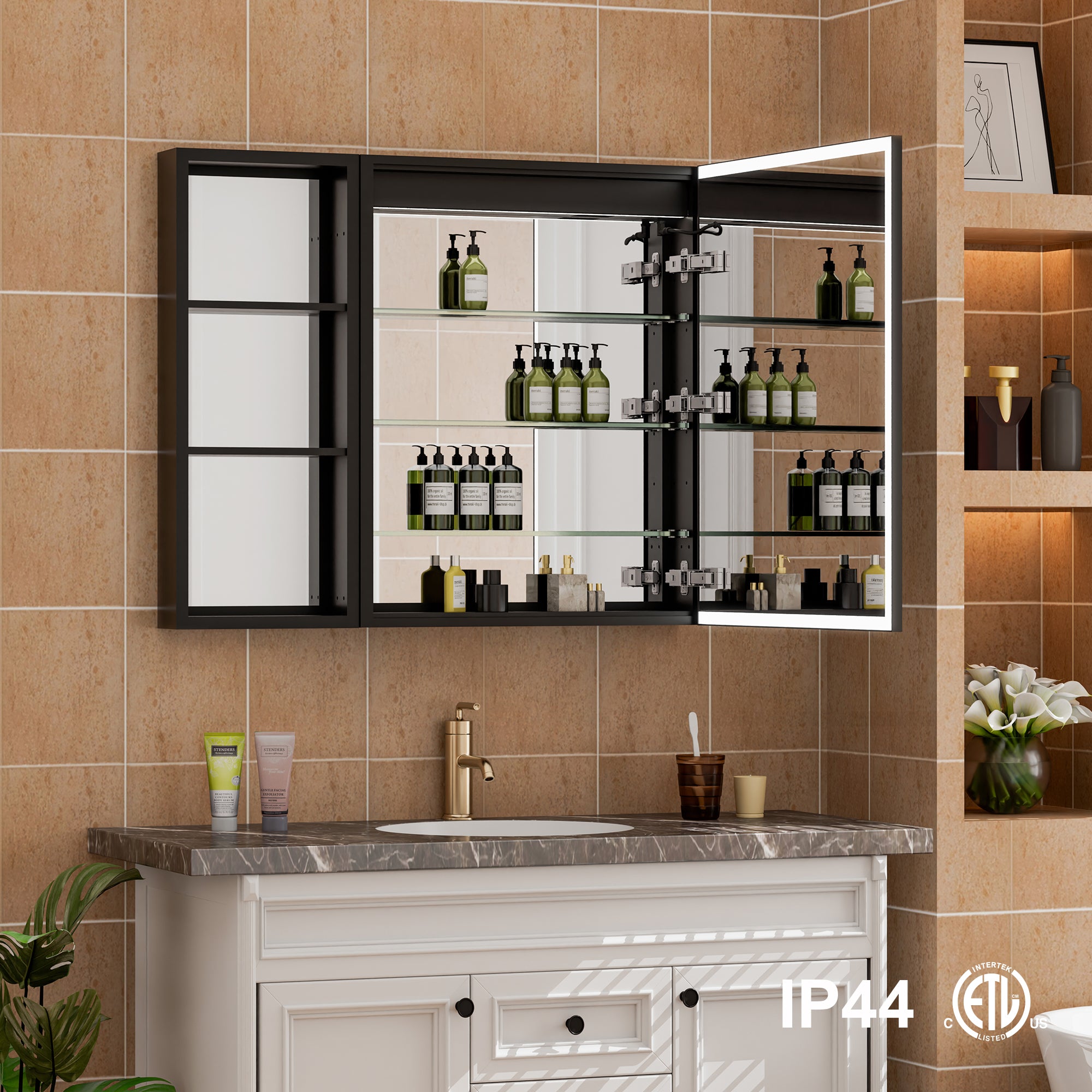
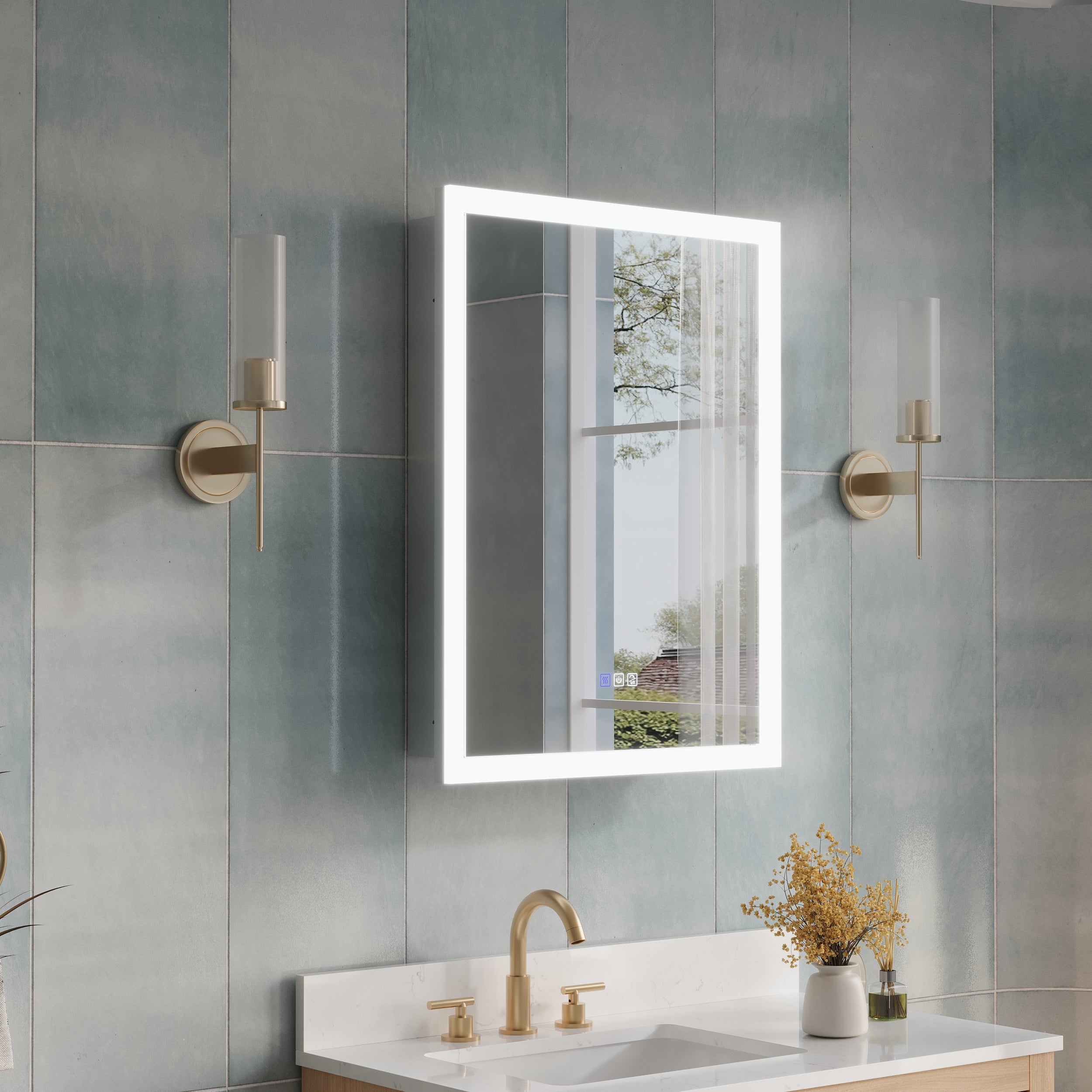

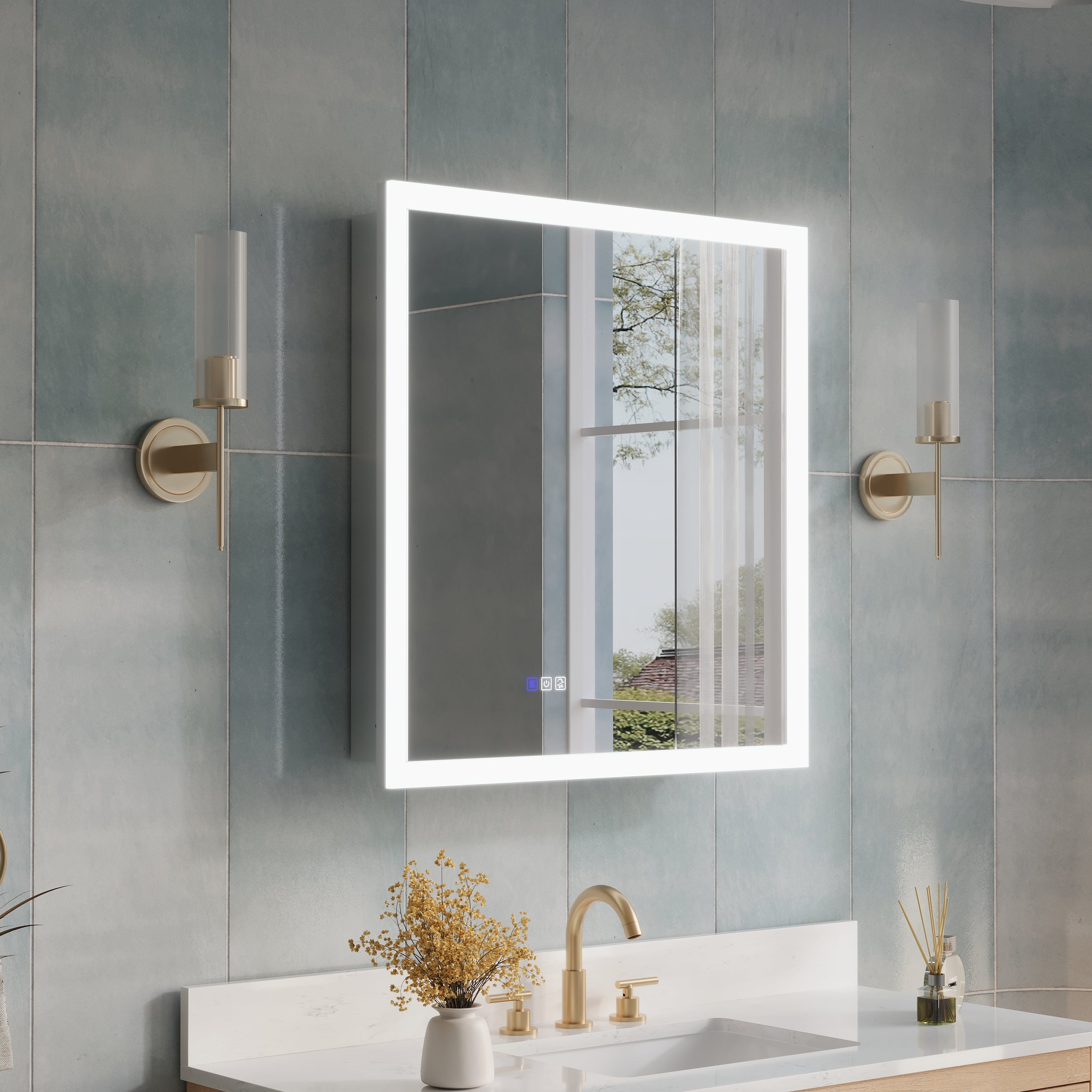

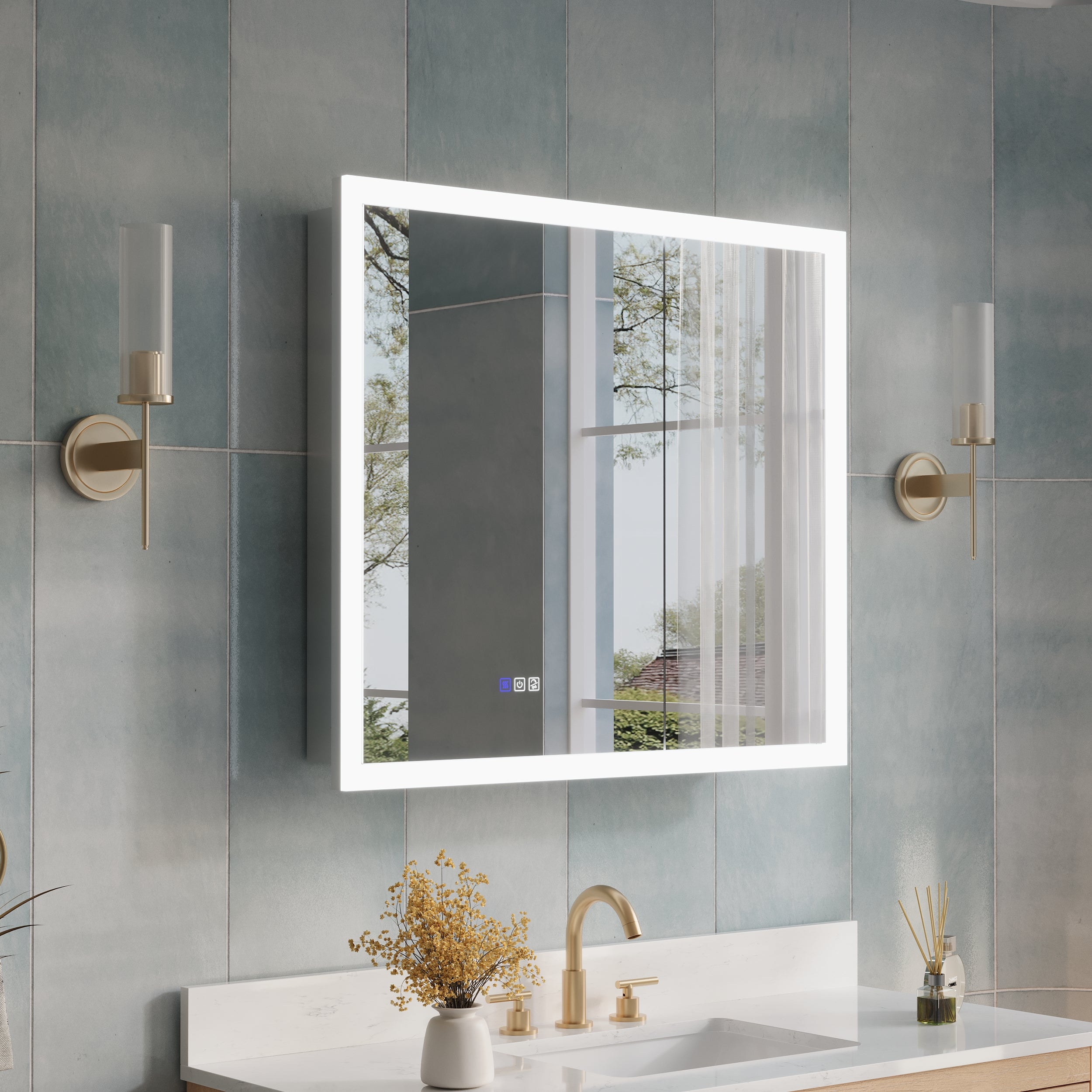

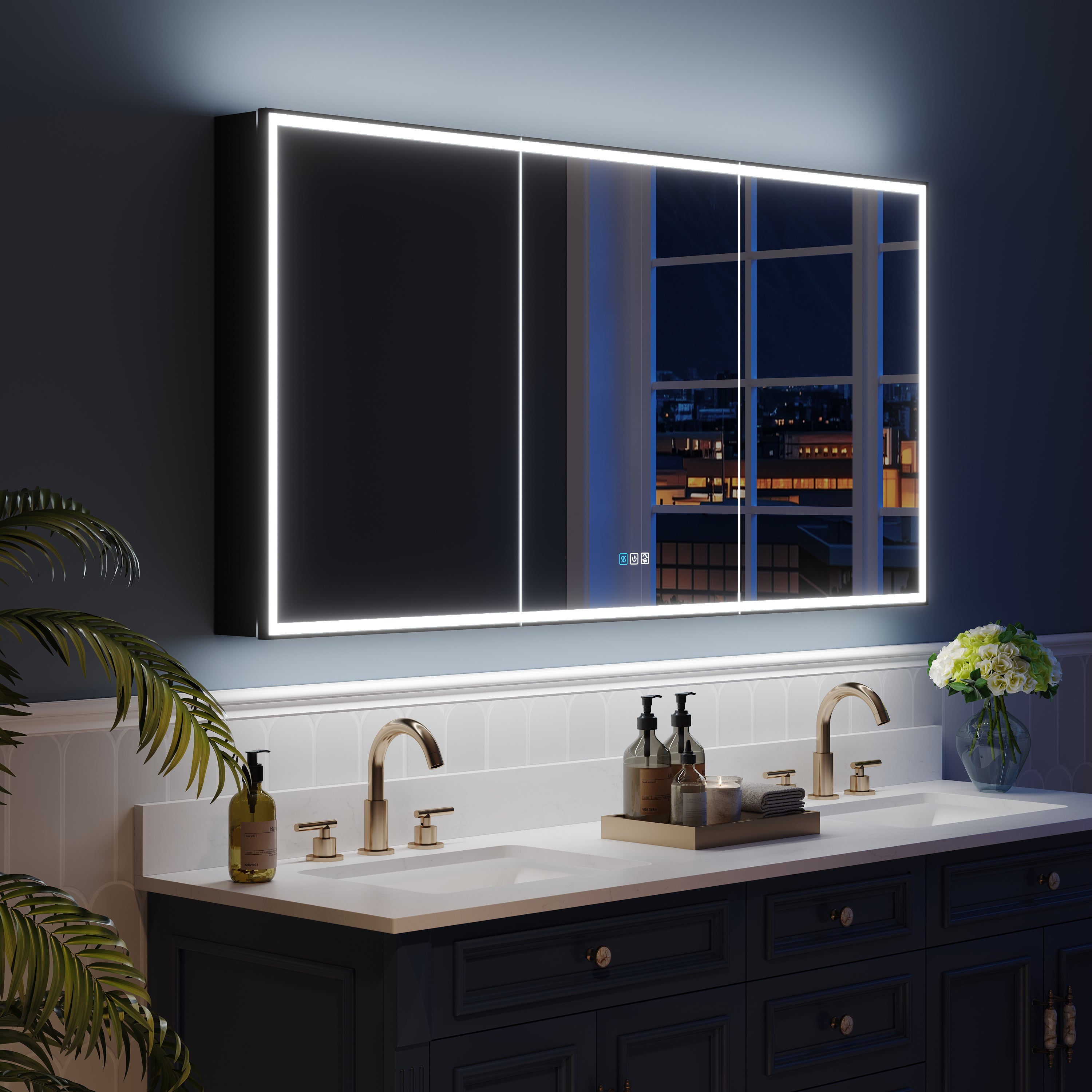

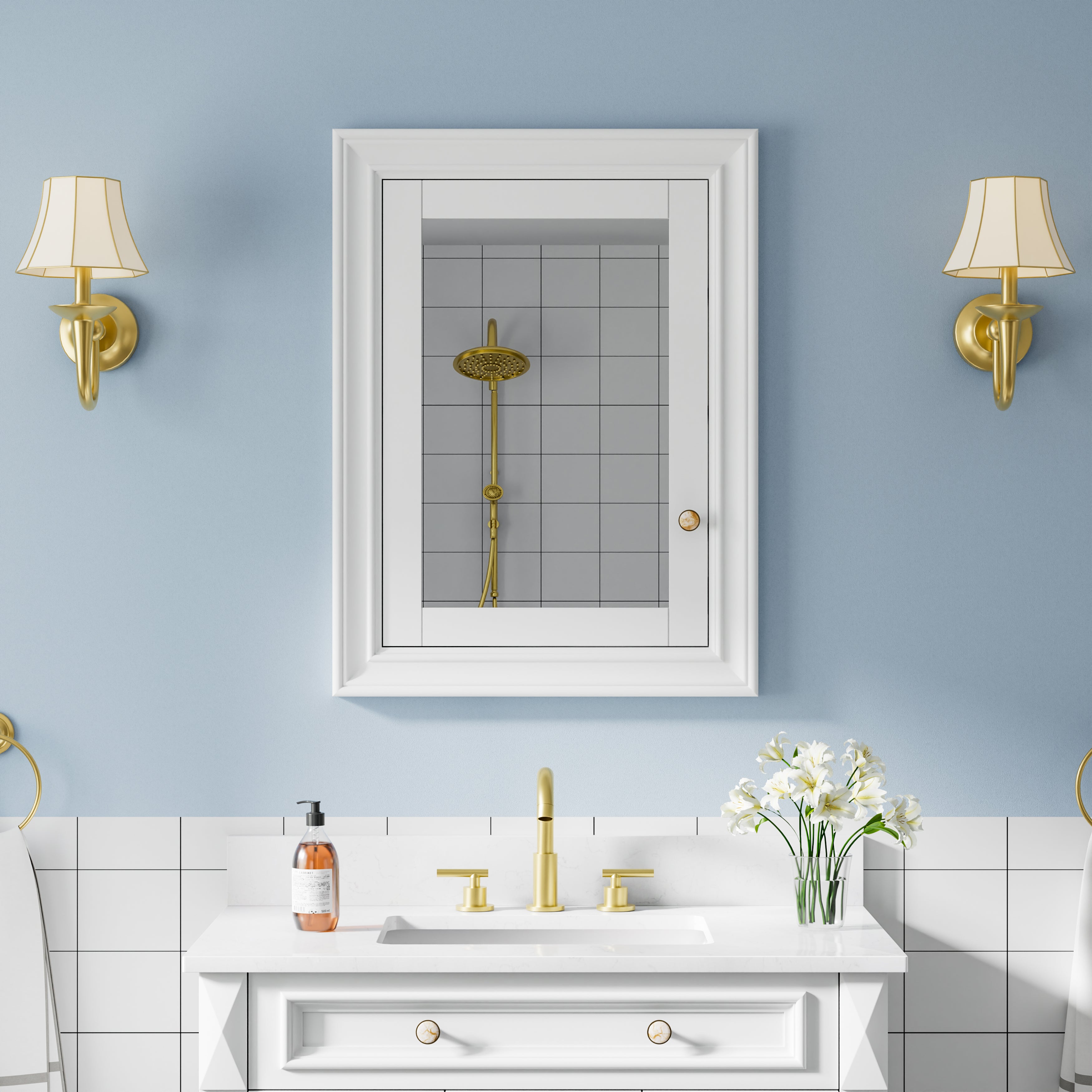



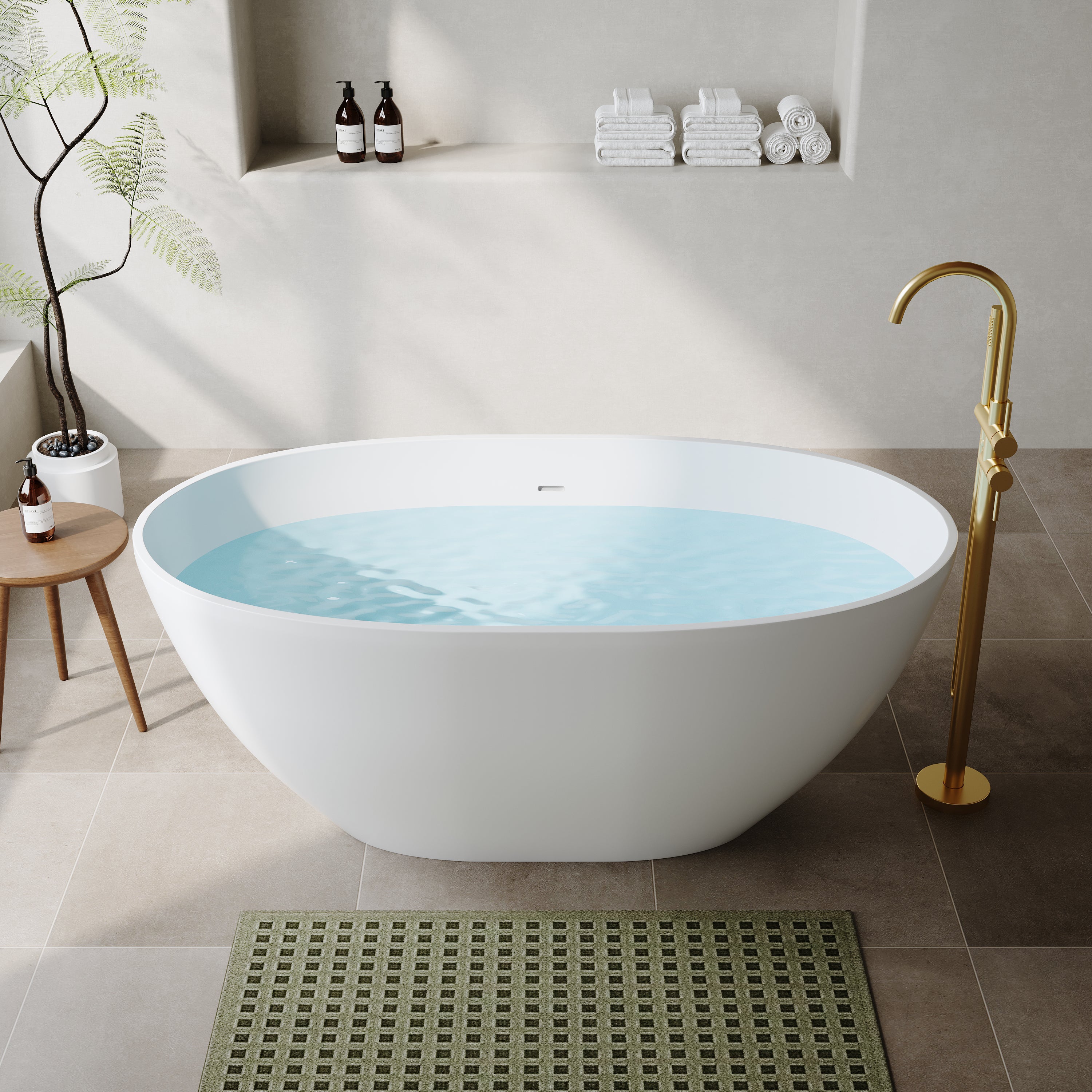



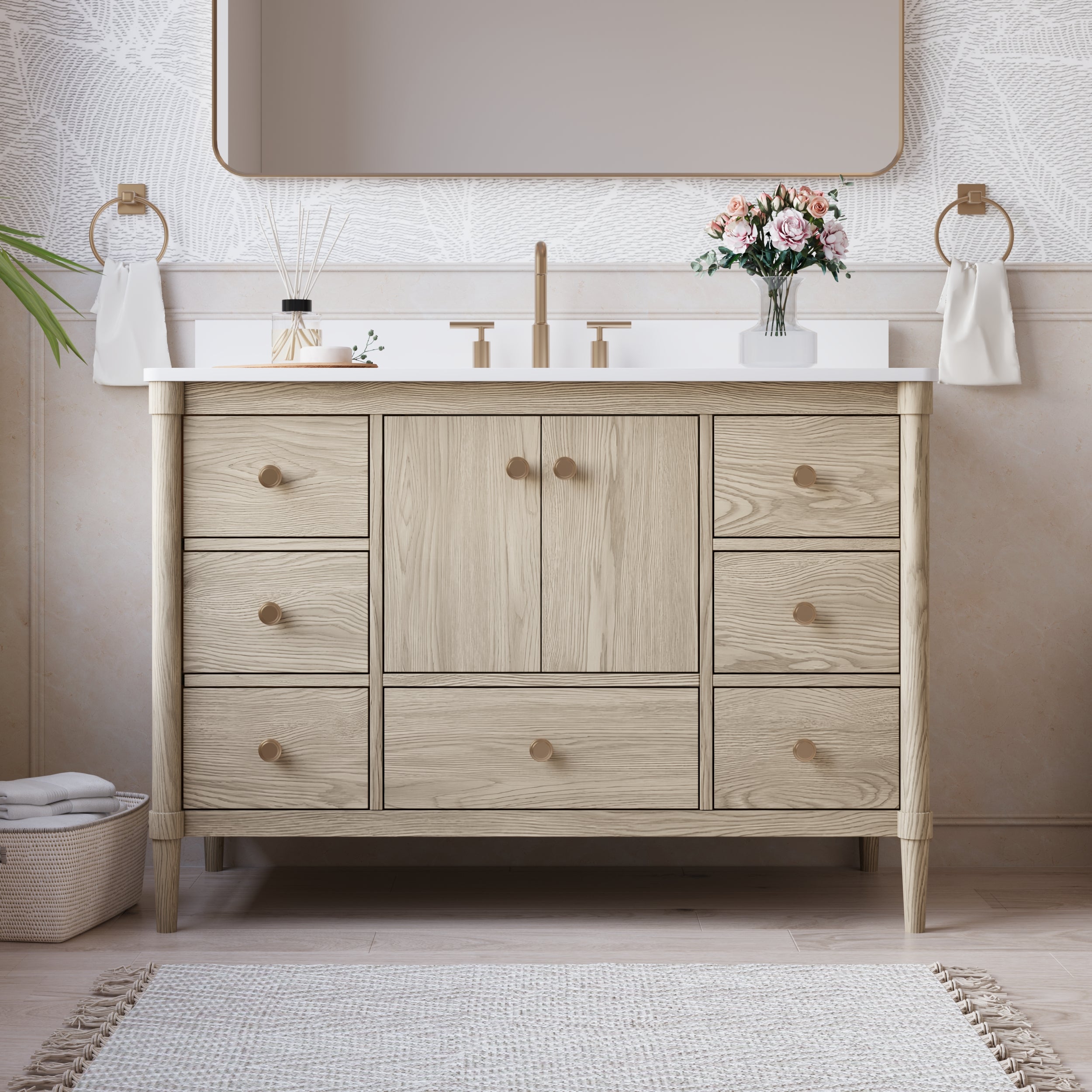


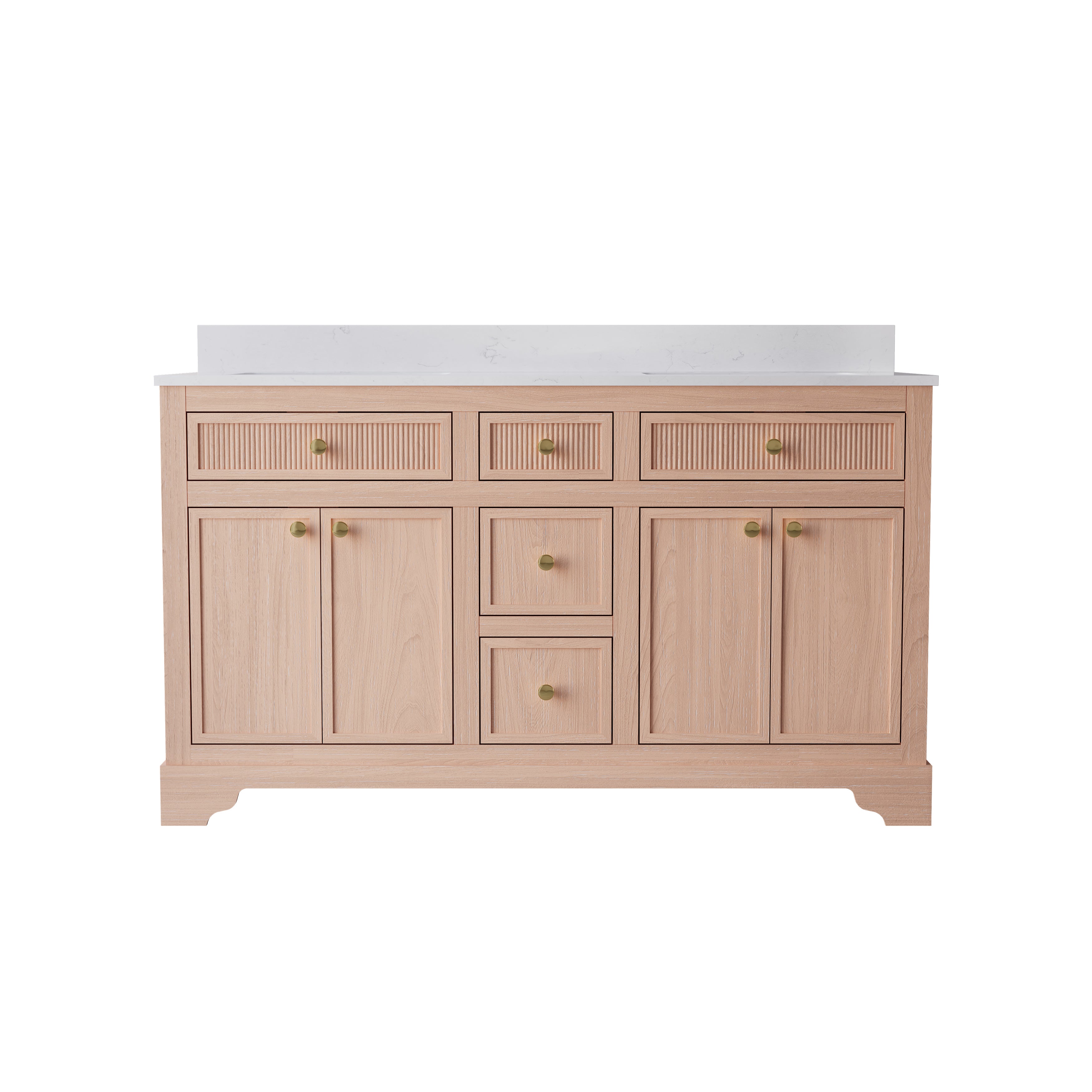
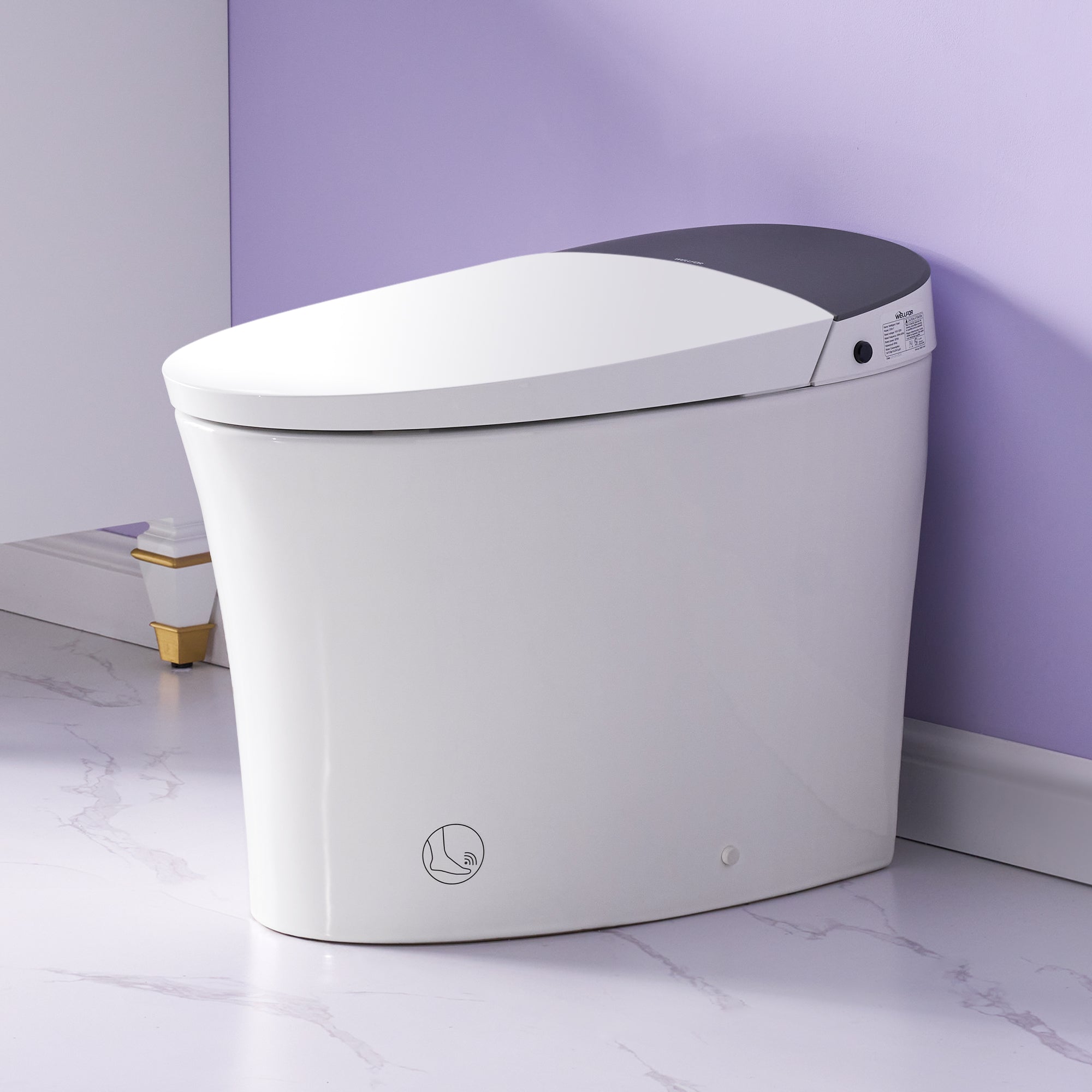
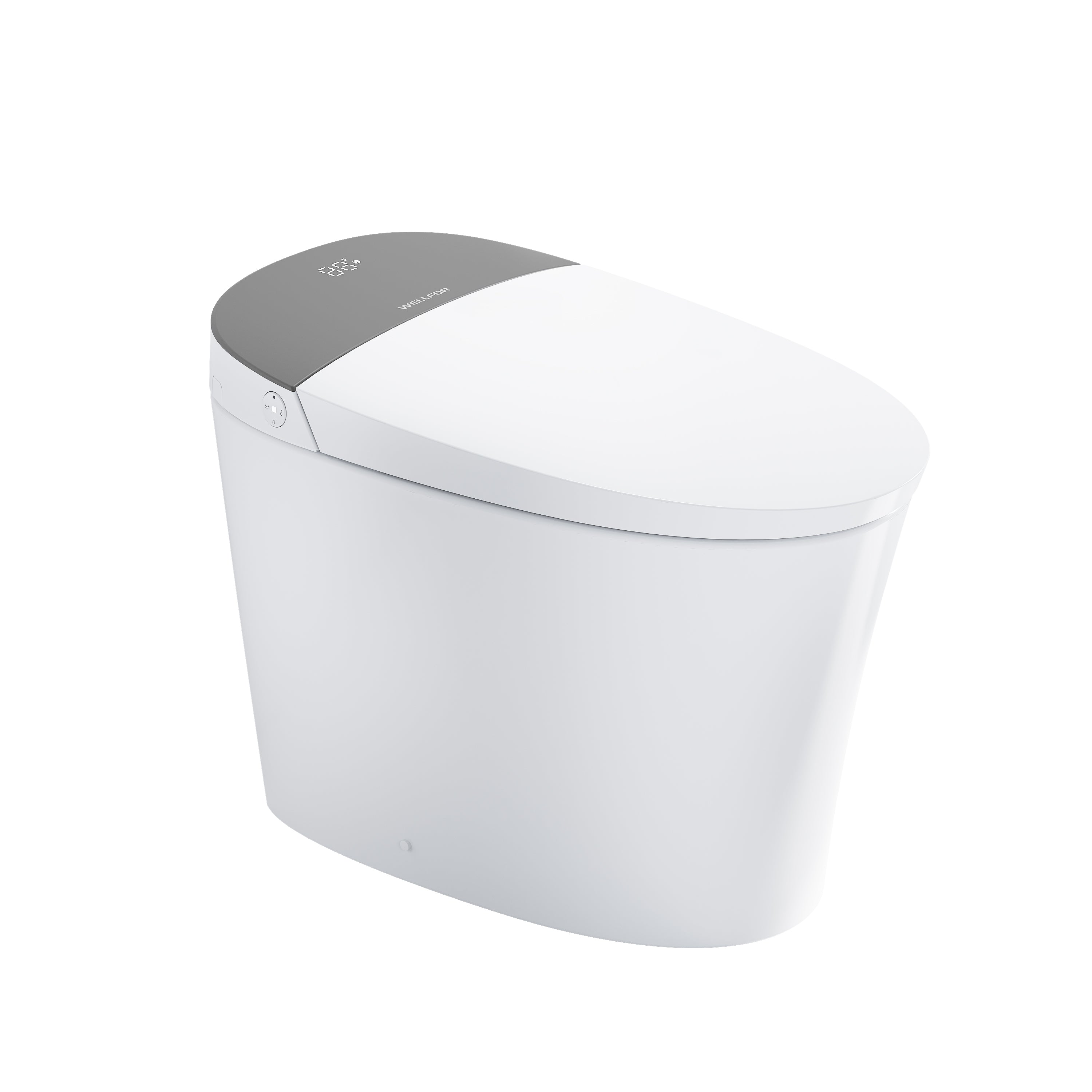
Leave a comment
This site is protected by hCaptcha and the hCaptcha Privacy Policy and Terms of Service apply.